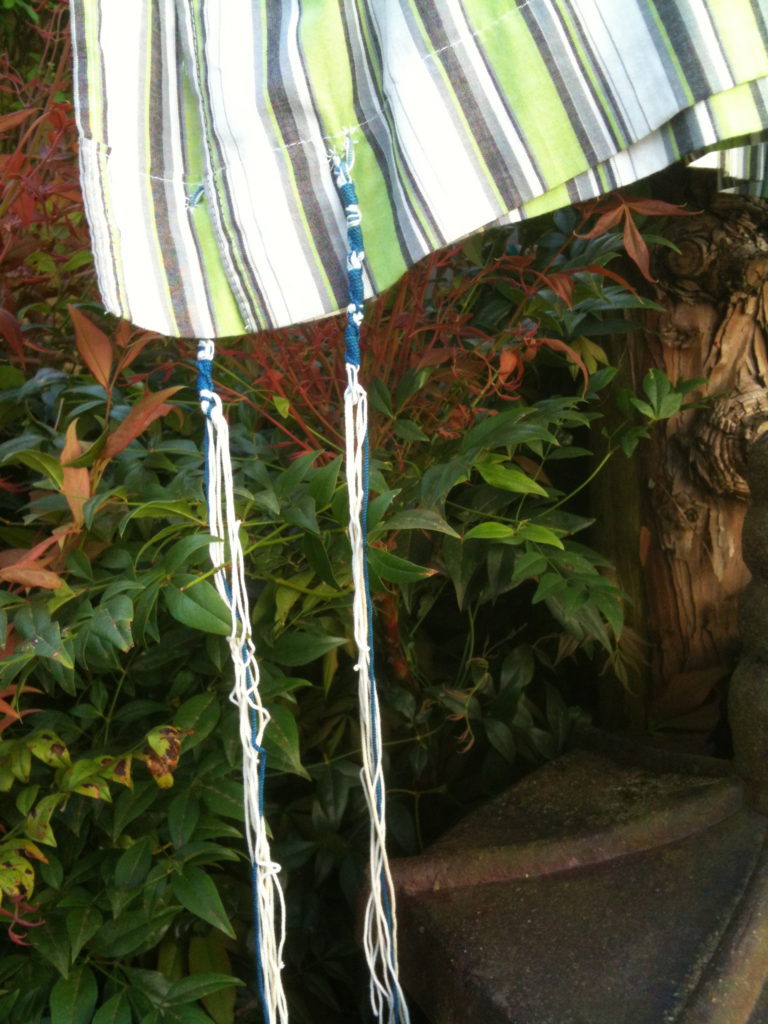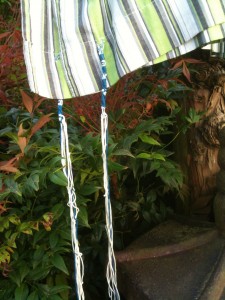
Numbers 15:37–41. Tassels on the corners. The command to wear tzitzits on the corners of one’s garment was to act as a reminder to keep one from committing intentional sins, even as a wedding ring worn on the finger serves to remind one of one’s marriage covenant, and help keep one from committing adultery. This is why this command is placed directly after the warning against committing intentional sin (vv. 30–31), and the example of the man who committed intentional sin by gathering sticks on the Sabbath (vv. 32–36).
Corners. The ancient Israelites wore four cornered tunic-like garments. Why did YHVH instruct them to wear tzitzits on the four corners? This was likely to teach them that the Israelites’ Torah-based covenant with Elohim was there to box them in, to surround them, to remind them of their sworn obligations to Elohim,to keep them on the right path spiritually, and to protect them, so that they would receive Elohim’s blessings and be his representatives to the surrounding nations. With this view in mind, the shape of the garment is no longer the issue. That happened to be the style of clothing of that day. We no longer wear four-cornered garments. What matters is to wear four tzitzits on one’s four sides to represent our spiritual commitments to Elohim and our allegiance to his word, the Torah, and our understanding that his word will guide, direct, protect and bless us is we treasure it and adhere to it. Tzitzits are to our relationship with Elohim what a wedding ring is to our spousal relationship.
The Law of the Fringes Tzitzits
Shofars, Davidic worship dance, prayer shawls (talit or tallit), a Torah scroll and tzitziyot (plural for tzitzit — fringes or tassels) all have something in common: they are hallmark symbols of those who are returning to the Hebrew roots of their faith. When a Christian begins to discover their ancient spiritual roots, it’s like coming home, or like a hand fitting into a glove. It’s not long before they begin acting out their renewed faith in a highly demonstrable manner such as growing beards, wearing fringes, blowing shofars, keeping the Sabbath and biblical feasts. Outsiders may view this as mere religious fanaticism and exhibitionism, but to the saint who truly feels that he has returned to his spiritual roots, these things are symbols of a faith that is more than superficial in nature. They represent a connectedness to his spiritual family tree, to the nation of Israel and eventually to the God of Israel, YHVH Elohim, the originator of that faith, family tree and nation.
Continue reading



